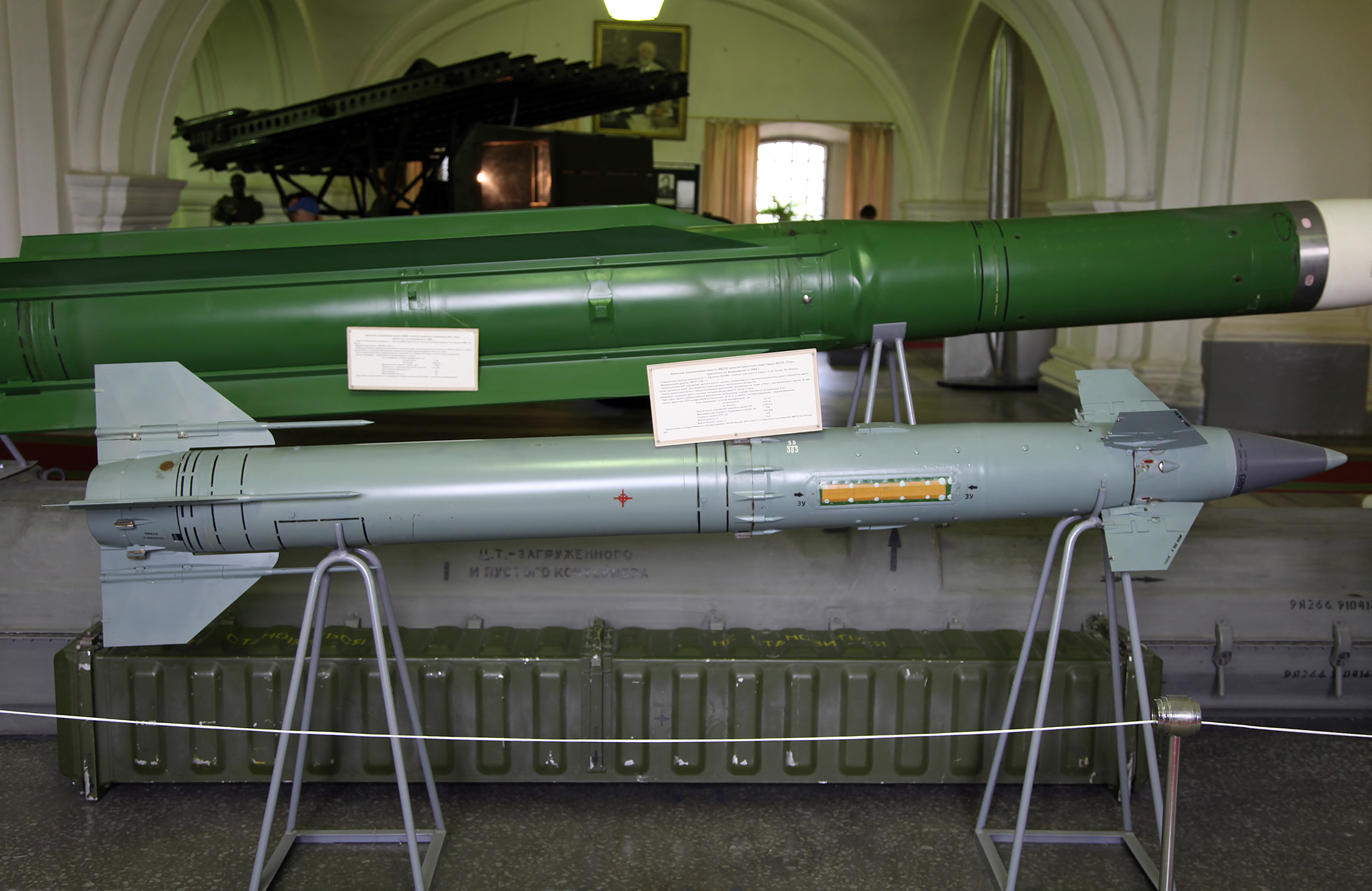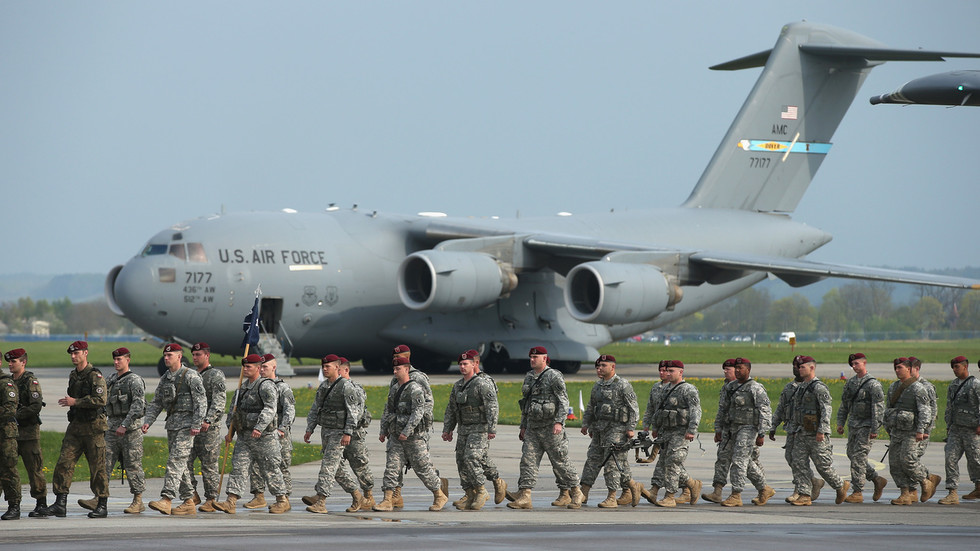40N6E surface-to-air missile(for s400)
First Flight: July 2012
Initial Operational Capability (IOC): August 2018
The 40N6 is an extremely long range, hypersonic, Surface-to-Air Missile (SAM) designed to engage low maneuverable aerodynamic targets at ranges of up to 400 kilometers. The new missile is the weapon of choice against Airborne Warning and Control System (AWACS) aircraft, tankers and electronic warfare aircraft which are highly valuable and also feature low maneuverability. Its guidance system will consist of both an active and a semi-active radar seeker. The 40N6 was developed to be integrated along the S-400 Triumf air defense system engaging primarily low maneuverable aircraft at long ranges. Nevertheless, the missile seems to be able to engage fighter aircraft, helicopters and cruise missiles. Basically, the 40N6 is a ballistic surface-to-air missile which completed the preliminary tests in December 2009 after being under development since at least since 2003.
Unconfirmed data suggest that the missile can hit targets at the maximum altitude of 185 km. The pre-production batch of 40N6E missiles was manufactured in late 2013, according to open sources.
48N6E/1/2/3/DM
surface-to-air missile (s400/s300/s300fm)
MODIFICATIONS
- 48N6 - anti-aircraft guided missile ZRS 35R6
- 48N6M - anti-aircraft guided missile ZRS 35R6-2
- 48N6DM - anti-aircraft guided missile ZRS 40R6
- 48N6E - export modification for the S-300PMU1, S-300PMU2 air defense systems
- 48N6E2 - export modification for the S-300PMU1, S-300PMU2 air defense systems with a maximum target destruction range increased to 200 km
- 48N6E3 - export modification for the S-300PMU1, S-300PMU2 and S-400 air defense systems with a maximum target destruction range increased to 250 km
DEVELOPMENT AND PRODUCTION
The 48N6E rocket was developed at the Fakel Design Bureau, until 1991 under the leadership of P.D. Grushin, since September 1991 under the leadership of V.G. Svetlova.
Serial production has been launched at the Leningradsky Severny Zavod and Avangard MMZ (head plant).
TECHNICAL DESCRIPTION
The 48N6 rocket is based on the concept of guaranteed reliability, operates in a sealed transport and launch container and does not require checks and adjustments during its entire service life. The 48N6E missile, in addition to the S-300PMU1 complex, is also used in the S-300F Rif shipborne anti-aircraft missile system.
According to the information published on page 147 of Volume V of the Arms of Russia handbook, the 48N6E missile provides:
- destruction of targets with speeds up to 10,000 km / h at a distance of 5 to 150 km in an altitude range of 0.01 to 27 km.
- low-flying targets at altitudes of 50-100 m are struck at ranges of 28-38 km,
- tactical ballistic missiles (in the presence of target designation) - at a distance of up to 40 km.
The mass of the rocket is 1800 kg, including a warhead weighing 143 kg,
Length - 7.5 m,
Diameter - 519 mm,
The span of the aileron rudders is 1134 mm.
By the time the fuel burns out, the rocket reaches its maximum flight speed of 1900-2100 m / s and then flies by inertia.
S300FM with 48n6 missiles

















